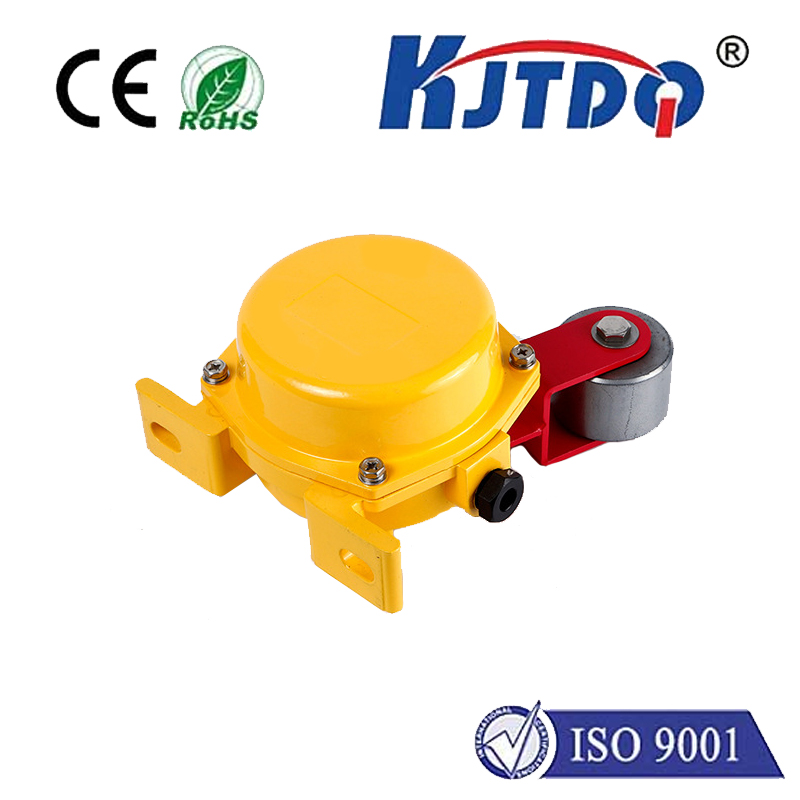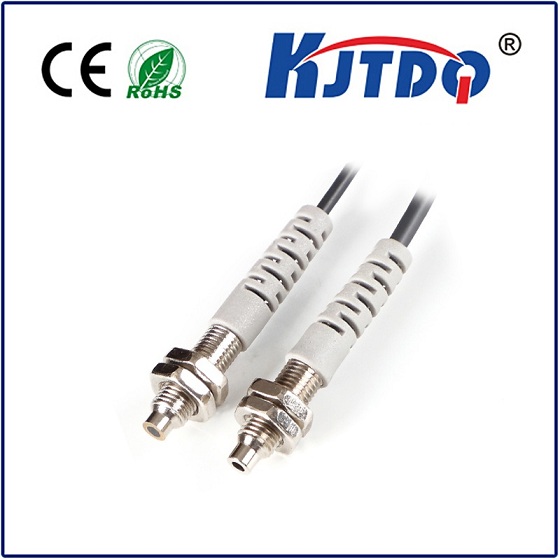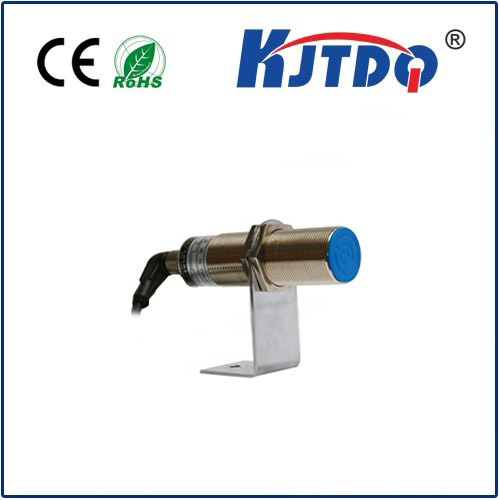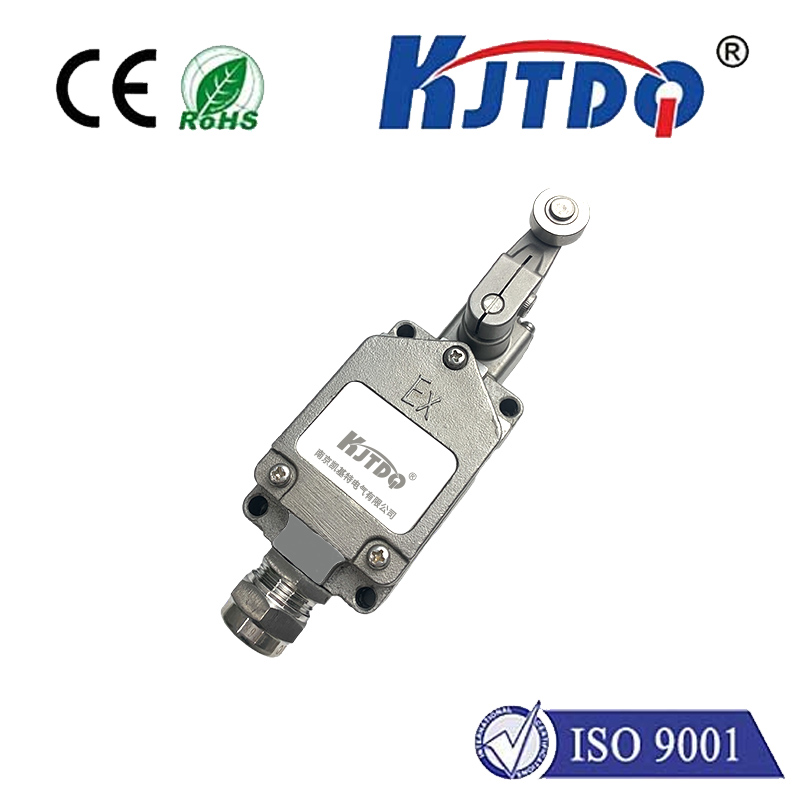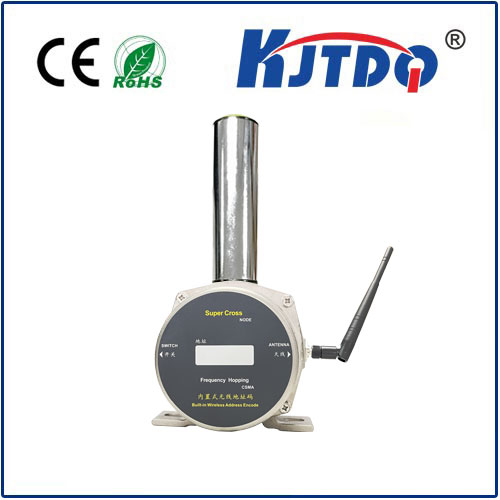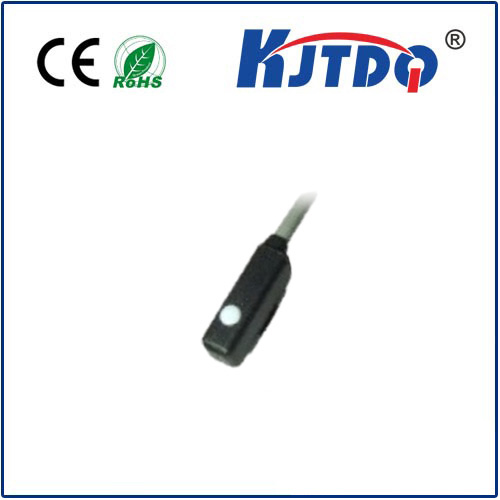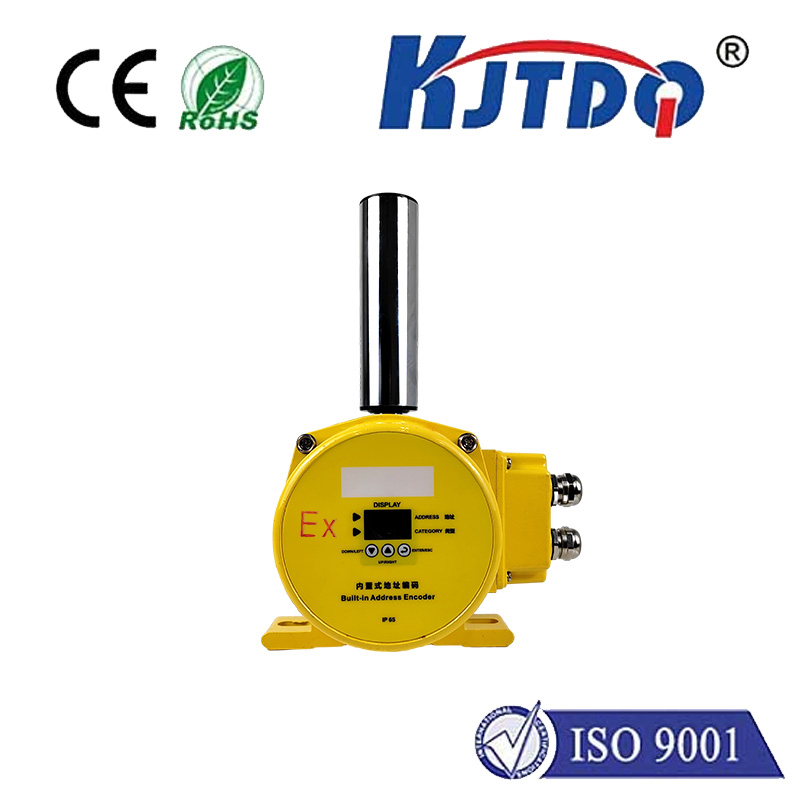

check

check

check

check

check

check

check

check

check

check
Title: Understanding Blower Limit Switch and Its Importance in Industrial Processes
Introduction to Blower Limit Switch
In industrial processes, blowers are commonly used to convey air or other gases from one location to another. These devices are designed with various components, including limit switches, which play a significant role in ensuring efficient operation and safety. One such component is the blower limit switch, which helps regulate the airflow and prevent damage to the equipment. In this article, we will explore the function and importance of blower limit switches in industrial processes.
Function of Blower Limit Switch
The blower limit switch is a critical component that controls the flow of air or gas through the blower motor. It works by detecting the position of its contactor arm relative to the switch housing. When the contactor arm is in contact with the switch housing, it completes an electrical circuit, which triggers a signal to the control system. This signal tells the blower motor to run at full speed, providing adequate air flow to the process.
On the other hand, when the contactor arm is not in contact with the switch housing, the electrical circuit breaks, and the control system stops sending signals to the blower motor. This action prevents the motor from running at high speeds, which can lead to overheating, damaging the motor, or even causing a fire hazard.
Importance of Blower Limit Switches in Industrial Processes
Blower limit switches play a crucial role in ensuring safe and efficient operations in industrial processes. Some of their primary benefits include:
1. Safety: By monitoring the position of the contactor arm, blower limit switches help prevent damage to the equipment caused by overspeeding or excessive airflow. This feature reduces the risk of accidents and ensures worker safety.
2. Efficiency: By regulating the flow of air or gas through the blower motor, blower limit switches help maintain optimal operating conditions for the process. They ensure that the equipment runs at an appropriate speed, reducing energy consumption and improving overall efficiency.
3. Predictability: Blower limit switches provide accurate and reliable information about the status of the device. This information helps operators make informed decisions about how to operate the equipment, leading to better outcomes and improved productivity.
4. Cost Savings: By preventing equipment damage due to overspeeding or excessive airflow, blower limit switches help reduce maintenance costs and downtime. This benefit translates into savings for both the manufacturer and end-users of the equipment.
Conclusion
In industrial processes, blower limit switches are essential components that ensure safe, efficient, and predictable operations. Their role in regulating airflow and protecting equipment cannot be overstated. By understanding their function and importance, operators and engineers can design processes that incorporate these devices effectively, leading to improved productivity and reduced costs.
